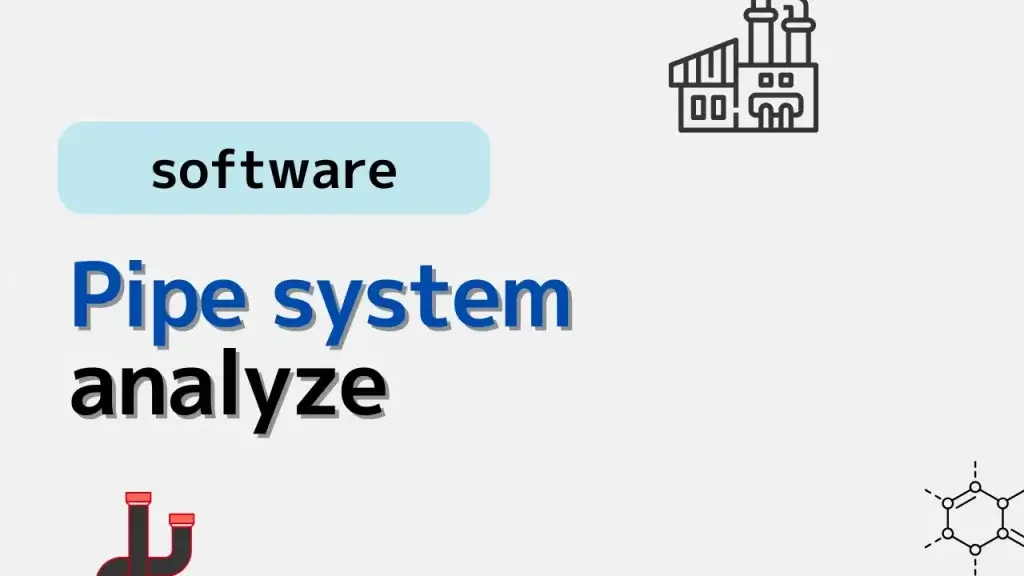If you’re new to piping design, you might assume that piping stress analysis is a must for every project. After all, it ensures that the system can handle thermal expansion, vibration, and pressure safely—right?
While this is true in theory, most piping systems are built without formal stress analysis. Why is that? Let’s break down the reasons and when this method is actually necessary.
Introducing articles from plantengineering.com.
Piping analysis software analyzes the thermal fluid in piping.
It is used by experts who graduated from mechanical and electrical engineering schools.
It is software linked to the study of thermal fluids and seems useful.
However, it is rarely used at plant sites.
Let me explain why we don’t use piping analysis software at my workplace.
The usage environment is complex
Batch plants, like the one I work at, have very complicated operating conditions.
They are not determined by one condition, but rather multiple conditions must be considered.
In most cases, even if you know that one condition will be a problem, it is difficult to completely eliminate other conditions.
This is a crucial difference from the analysis of continuous plants.
No trouble
Piping problems are less likely to occur in batch plants because the temperatures and pressures that cause problems are not high.
It can also be said that the operating environment is not harsh.
Exchange is a quicker solution
Even if a piping problem occurs, solving the problem takes priority, so it is solved by simply replacing the pipe.
Since problems do not occur frequently, it is often the case that the same problem does not occur for 10 years or more even after replacement.
There are few opportunities to use analysis software to solve problems or think about streamlining.
LINK
Conclusion
While piping stress analysis is essential in certain conditions, it’s not needed for most common piping systems. Experienced designers rely on practical design standards, regular support spacing, and smart routing to avoid stress-related issues without simulation.
As a beginner, learn to recognize when stress analysis is required—and when it’s not. That judgment is one of the key skills in piping design.
